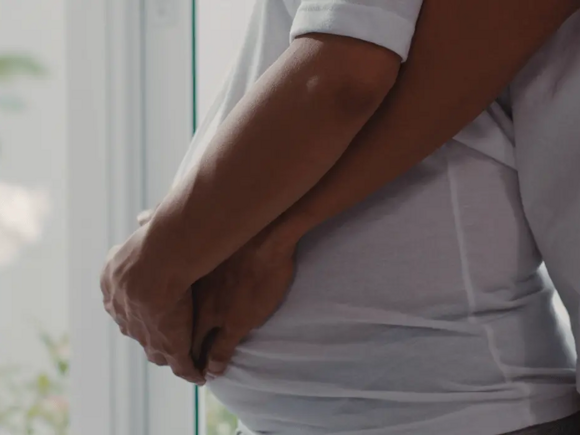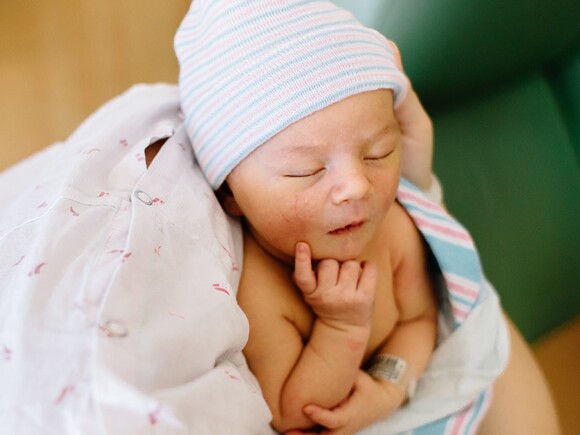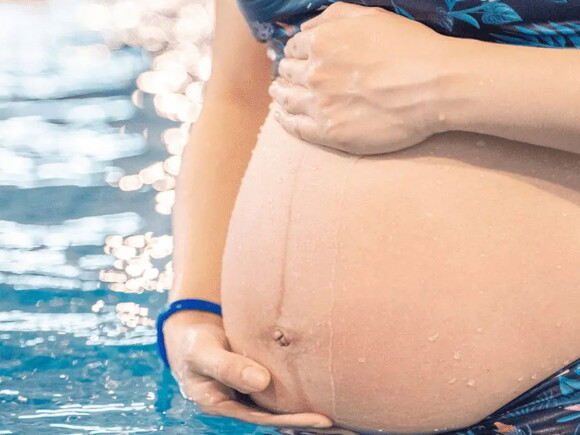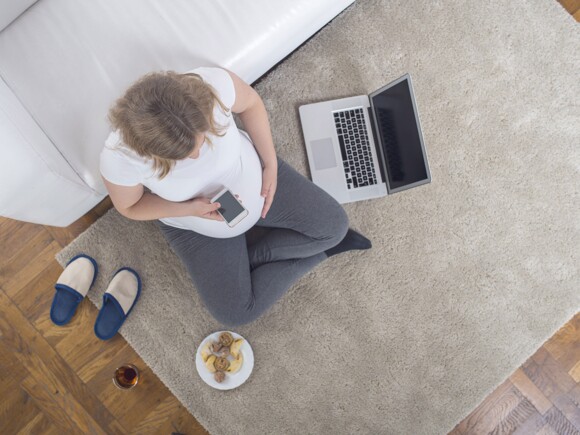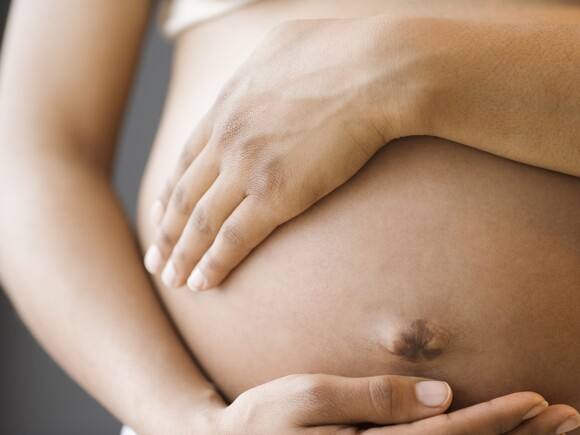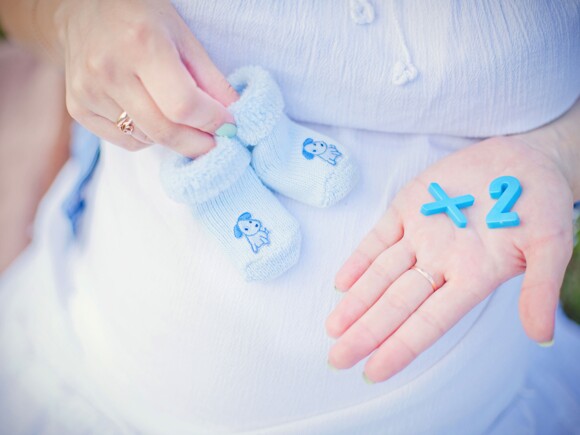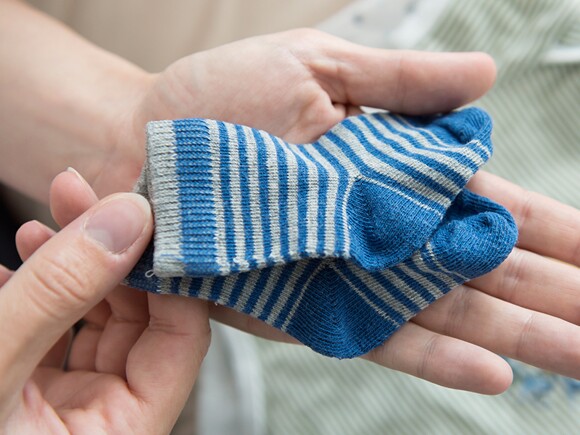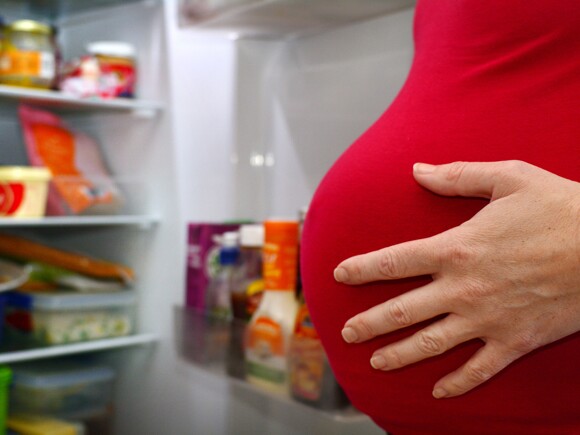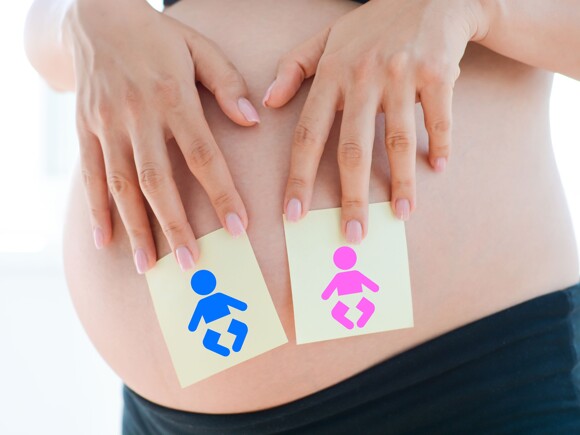Paternity Leave in the Philippines: What you need to know
Studies have shown that when dads are more involved in parenting, kids are happier and do better. For some dads, being involved starts from the day they find out they are going to be fathers and this continues until childbirth and beyond.
In the crucial first weeks and months after childbirth, dads can also play a major role not only in helping their wives or partners but also in the early development of their children. This is why paternity leaves are important. They are important because these leaves allow dads to be there when they are needed the most. To help you understand more about paternity leaves in general and the situation of said leaves here in the Philippines, we’ve provided a rundown below.
Republic Act 8187 and Republic Act 1120
Republic Act 8187 or the Paternity Act of 1996 states that married male employees from the private and public sector are entitled to seven days of paternity leave with full pay for the first four deliveries of their legitimate spouse whom they cohabitate or live with. This means that fathers are entitled to their salary, allowances, and other benefits for the whole seven days. But unlike their wives and partners, this law does not provide for SSS and PhilHealth benefits as entitlements for fathers.
However, with the passage of Republic Act 1120 or the Expanded Maternity Leave Act in 2019, female Filipino workers are now allowed to transfer up to 7 days of her 105 days of paid maternity leave to the child’s father regardless if they are married or not. This means that it is now possible that a dad can have up to 14 days of paid paternity leave.
How to apply for paternity leave
There are a number of conditions that you need to meet before you can apply for paternity leave. These include the following:
● You need to be employed upon the birth of your child
● You are legally married to your pregnant wife (does not apply to the transfer of maternity leave days as per RA 1120)
● Cohabitation with your legitimate spouse
● You have a wife who is pregnant and has either given birth or has had a miscarriage
● The pregnancy covered by the paternity leave should not have happened more than four times
● The application for paternity leave with your employer should be within a reasonable time between your wife’s pregnancy and expected delivery date
A common practice among fathers is to file for paternity leave with employers two days before the expected delivery date. Republic Act 8187 also provides that fathers should file for their paternity leaves within 60 days after their child is born.
Requirements
The requirements you need to apply for paternity leave will depend on your employer but in general, most companies will require you to fill out a paternity leave application form with HR and submit requirements including your marriage certificate and your child’s birth certificate after the delivery date. To find out what your company will require for your paternity leave application, it would be best to ask HR so that you can prepare them beforehand.
It is also worth remembering that the Paternity Act does not allow companies to refuse the granting of paternity leaves to eligible employees. The law states that companies who fail to do so can be fined up to PHP 25,000 or their officers can face between 3 to 6 months imprisonment. The Department of Labor and Employment is the agency that oversees this so it would be best to file a complaint with them if ever you find yourself in that situation.
The need for longer paternity leaves for Filipinos
Although the additional seven days that can be added to a dad’s paternity leave is a welcome development, two weeks are clearly not enough to allow fathers to form a deeper bond with their child and to support their wives or partners after childbirth. This is why it is important for fathers to get longer paternity leaves.
Currently, there are a lot of groups or organizations that are actively lobbying Congress for longer paternity leaves but there are local online dad groups including Dadvocacy Community and DAD Tribe PH that advocate for longer paternity leaves for dads. It is their strong belief that parenting is a team sport and if given a longer time to fully support their wives or partners and their child during the first few months, dads will be able to play a more active role in parenting and contribute to their child’s overall wellbeing.
Another benefit of longer paternity leave is that it will help break gender stereotypes especially of fathers who are usually portrayed as utterly clueless or as babysitters on TV and online when it comes to parenting. By giving more time for fathers to contribute to childcare, dads will now be able to say proudly that dads do not babysit, they parent.
Reference
• Baird, M., & Hill, E. (2019, April). Paternity Leave in the Philippines. Investing in Women. Retrieved from https://investinginwomen.asia/wp-content/uploads/2019/06/FS_Paternity-L…
• Krisch, J. A. (2022, January 21). The Science of Dad and the ‘Father Effect.’ Fatherly. Retrieved from https://www.fatherly.com/health-science/science-benefits-of-fatherhood-…
• Paris, J. (2019, February 22). Fathers now allowed 14 days of paid paternity leave under New Law. RAPPLER. Retrieved from https://www.rappler.com/nation/224112-fathers-can-have-14-days-paid-lea…
• Republic Act 8187: Paternity Leave Act of 1996. Philippine Commission on Women. (n.d.). Retrieved from https://pcw.gov.ph/republic-act-8187-paternity-leave-act-of-1996/
• Zoleta, V. (2021, July 5). Paternity benefits for working dads in the Philippines. Moneymax. Retrieved from https://www.moneymax.ph/government-services/articles/paternity-benefits…










